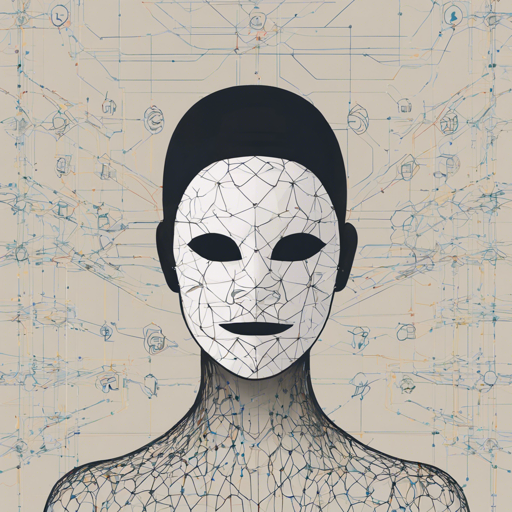In the era of COVID-19, ensuring that people wear masks properly is crucial in our fight against the virus. The MaskedFace-Net is a groundbreaking dataset consisting of 133,783 images of human faces, categorized based on whether the mask is worn correctly or incorrectly. By harnessing this dataset, developers can create efficient recognition systems to monitor and verify proper mask usage in public settings.
Understanding MaskedFace-Net
MaskedFace-Net allows us to not only detect if individuals are wearing masks but also to distinguish between correct and incorrect mask usage. Think of it as a well-structured library where each book (image) is categorized based on its subject matter (mask-wearing status). This level of detail is especially important because many people may unknowingly wear their masks incorrectly, which could lead to a false sense of security.
How to Get Started
- Download the Dataset:
- Access the Correctly Masked Face Dataset (CMFD) with 67,049 images.
- Access the Incorrectly Masked Face Dataset (IMFD) with 66,734 images.
- Utilize the links provided to download the dataset files conveniently, possibly using a download manager for efficiency.
Implementation Steps
- Set Up Your Development Environment: Ensure you have Python and necessary libraries such as OpenCV, TensorFlow or PyTorch installed.
- Preprocess the Data: Read and preprocess the images to get them ready for training your deep learning model.
- Build Your Model: Utilize convolutional neural networks (CNNs) to train a model that can classify correctly and incorrectly worn masks.
- Train Your Model: Use a substantial portion of the dataset to train your model, testing it on another portion to evaluate its accuracy.
- Deployment: After validating the performance, deploy your application to monitor mask usage in real-time environments.
Troubleshooting Common Issues
- Low Model Accuracy: If your model isn’t performing as expected, consider increasing your dataset size or trying different neural network architectures to improve accuracy.
- Data Not Loading: Check the file paths and ensure that your dataset is correctly unzipped and organized. Remember, each image in the MaskedFace-Net dataset corresponds to a specific filename in the original FFHQ dataset, which can be helpful in tracking down errors.
- Environment Issues: If you face compatibility issues with libraries, consider creating a virtual environment dedicated to your project.
For more insights, updates, or to collaborate on AI development projects, stay connected with fxis.ai.
Conclusion
The MaskedFace-Net dataset serves as a significant tool in developing systems to ensure proper mask usage, ultimately aiding in public health efforts. With careful implementation and attention to detail, developers can utilize this dataset to create reliable solutions for mask detection.
At fxis.ai, we believe that such advancements are crucial for the future of AI, as they enable more comprehensive and effective solutions. Our team is continually exploring new methodologies to push the envelope in artificial intelligence, ensuring that our clients benefit from the latest technological innovations.

